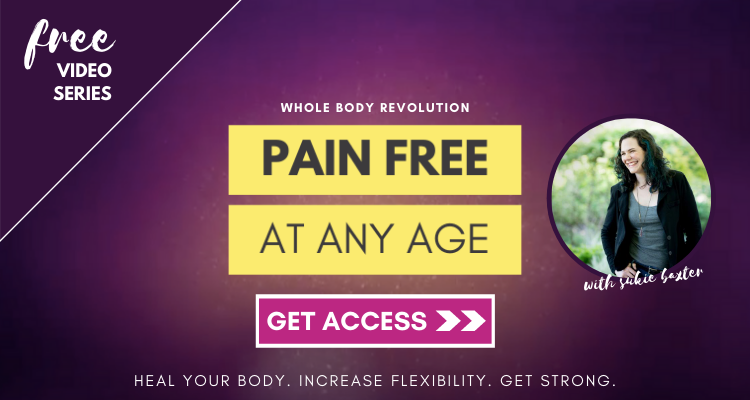One of the biggest misconceptions that I see in my office regularly is the belief that pain means you are somehow “broken” or wrong.
Of course, if you have an injury, then obviously your body needs to heal. If there is a disc in your spine impinging on a nerve, well, you might need surgery — or at least some solid physical therapy.
However…
The tendency is to focus on the mechanical source of pain as the “problem.”
Related:
- The BIG MISTAKE That Will Make Sure Your Pain NEVER Goes Away!
- Psychosomatic Pain: 3 Reasons Why It’s Not Just “All In Your Head”
- 3 Reasons Why Your Doctor Can’t Help You Get Back Pain Relief
It’s not the problem.
And when there is no “cause” of pain — i.e. nothing is showing up on your MRI as diagnosably wrong — then the pain really isn’t the problem.
You’ve heard the Einstein quote before that goes something like:
You cannot solve a problem from the same level of consciousness that created it.
This is basically what I’m saying when it comes to pain.
Because that mechanical cause — the bulging disc, the tight hip flexors, the rigid feet — those didn’t happen all of their own accord.
They’re a result of something. A pattern.
The pain that stems from the injury is a signal that the pattern is out of alignment for you. It’s not in your best interest.
We see pain as something that we really need to fix or change. We get laser focused on that problem.
But actually…
Pain is your greatest opportunity.
What I mean is that pain is the opportunity to see where things are out of alignment in your life. Because really what it means is that something you are doing is not working for you.
And it might be as simple as the way you’re holding your leg. Or that you’re sitting too much.
Those things might be out of alignment for you in your life.
But it could be even bigger than that.
It could be that you’re showing up to a job that you hate and you’re stressed out all the time. You’re in an unhappy relationship.
And you’re just not doing the things that feed your soul — your life’s isn’t where you want it to be.
The way that your body is communicating that to you is through physical tension and pain.
And yeah, it’s not a pleasant place to be when you’re in pain.
But look at it this way…
If your fire alarm is going off, you probably want to put the fire out. You don’t care so much about the alarm going off.
You’re not going to turn off the alarm and sit in your living room filled with smoke because you haven’t solved the real problem — that your walls are on fire.
And that’s what pain is doing — it’s alerting you to the fire in your life.
Like I said, it can be something really simple like holding onto tension from a broken leg you had fifteen years ago or guarding your neck after an invasive surgery.
Just simple shifts to your neuro-motor patterns. (Although if my clients are any indication, these shifts have big impacts on their lives.)
But sometimes it’s much more holistic than this. You have to stop hiding. Stop processing emotions for other people. Stop being the crutch everyone leans on. Stop showing up to a toxic work environment.
Stop being someone you’re not.
And I think this is why I see such huge transformations in my clients. As you let go of tension in your body it becomes more and more difficult to stay in a life that doesn’t align with how you’re feeling.
Curious about this? Want to go deeper? Head on over and join our free Facebook group Pain Free Naturally where we can talk, chat and interact. All questions welcome!
